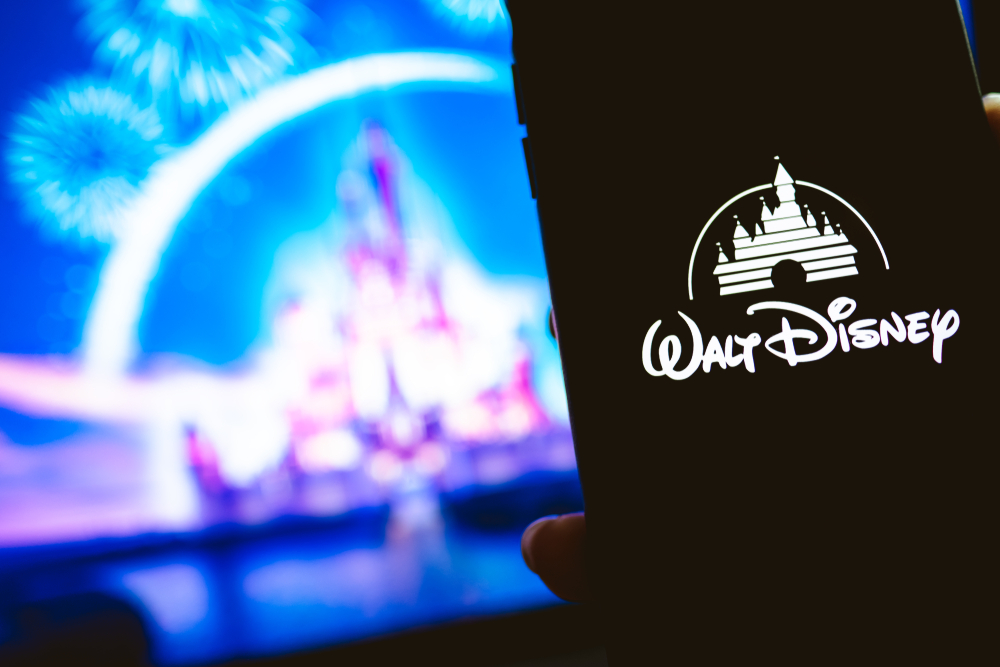Amidst the backdrop of the SAG-AFTRA and Writers Guild of America (WGA) strikes, Walt Disney Company is pushing ahead with its plans for AI innovation.
Earlier this year, before the onset of the Hollywood writers’ strike, Disney formed a dedicated task force to explore the applications of AI.
The dual-pronged objective of this team is to nurture AI innovation and foster collaboration with external partners.
According to Reuters, 11 AI-centric job positions are currently available at Disney. This coincides with Netflix’s listing of a $900,000 salaried AI-based position which galvanized further rage against Hollywood’s ‘powers that be.’
A Disney insider said, “Legacy media companies like Disney must either figure out AI or risk obsolescence.”
They believe AI is the key to long-term cost-cutting and efficiency gains, with current production budgets reaching a whopping $300 million. In other words, more AI = paying less people = more profit.
The crowning glory of these efficiency gains is replacing actors with AI replicas, meaning you never have to pay them again.
It might go without saying that not everyone views Disney’s AI undertakings with optimism.
Disney CEO Bob Iger spoke against strike action, stating, “It’s very disturbing to me…There’s a level of expectation that they have, that is just not realistic. And they are adding to the set of the challenges that this business is already facing that is, quite frankly, very disruptive.”
The SAG-AFTRA president Fran Drescher bit back with a fiery rant, “I cannot believe it, quite frankly: How far apart we are on so many things… It is disgusting. Shame on them.”
Disney and technological innovation go way back
Despite palpable tensions, Disney has a long-standing relationship with technological innovation.
The 1928 cartoon “Steamboat Willie” was the first cartoon with a synchronized soundtrack, and from there, Disney has always invested in the latest technology to remain ahead of its competition.
Walt Disney helped invent the multi-plane camera and was intent to use Technicolor in his animated films. After establishing the first Disneyland theme park, he was keen to develop realistic animatronic figures.
Disney’s executives have carried that mantle into the present age, where AI represents a new frontier for the entertainment industry.





